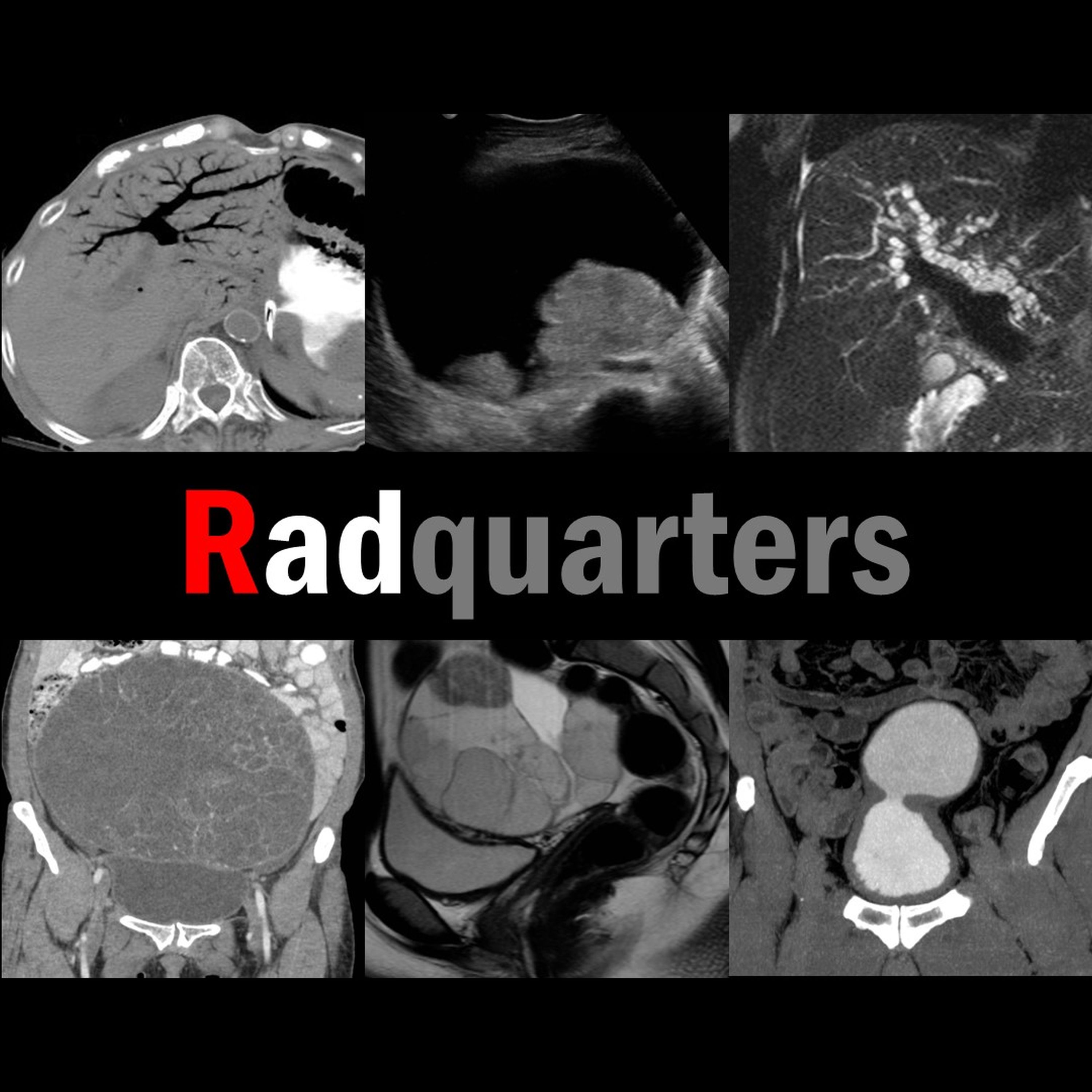Case Review: Ultrasound of Testicular Torsion
Description
In this radiology lecture, we review the ultrasound appearance of testicular torsion through three unique cases.
Key teaching points include:
* Torsion occurs when spermatic cord twists and cuts off blood supply to the testis.
* Bell-clapper deformity most common etiology: Abnormally high attachment of tunica vaginalis allowing spermatic cord rotation and testicular torsion (intravaginal).
* Torsion has a bimodal distribution: First year of life (extravaginal), adolescents/young adults (intravaginal).
* “Whirlpool” sign: Eddy swirl of coiled spermatic cord superior to testis, highly specific but less commonly seen than redundant spermatic cord.
* Redundant spermatic cord AKA boggy pseudomass, torsion knot, epididymal-cord complex and should be avascular or only minimally vascular (unlike paratesticular neoplasm or acute epididymitis).
* Testicles normally lie vertically, but horizontal or oblique (diagonal) lie suspicious for torsion.
* Testicular enlargement, reactive hydrocele and scrotal skin thickening are secondary findings of torsion.
* Marked testicular heterogeneity = Late torsion and nonviability/necrosis, more likely after 24 hours of symptoms.
* Treatment: Detorsion and orchiopexy if salvageable, orchiectomy if not.
Reference: Bandarkar AN, Blask AR. Testicular torsion with preserved flow: Key sonographic features and value-added approach to diagnosis. Pediatric Radiology (2018) 48:735–744.
To learn more about the Samsung RS85 Prestige ultrasound system, please visit: https://www.bostonimaging.com/rs85-prestige-ultrasound-system-4
Click the YouTube Community tab or follow on social media for bonus teaching material posted throughout the week!
Instagram: https://www.instagram.com/radiologistHQ/
Facebook: https://www.facebook.com/radiologistHeadQuarters/
Twitter: https://twitter.com/radiologistHQ
More Episodes
In this radiology lecture, we review the ultrasound appearance of parathyroid adenoma!
Key teaching points include:
* Benign tumor of the parathyroid glands
* Most common cause of primary hyperparathyroidism: Elevated serum calcium and parathyroid hormone (PTH) levels
* Ultrasound: Solid,...
Published 04/04/24
Published 04/04/24
In this radiology lecture, we review the ultrasound appearance of parotitis in the pediatric population!
Key teaching points include:
* Parotitis = Inflammation of the parotid glands
* Acute parotitis is usually infectious, most commonly viral
* Mumps is most common viral cause in children,...
Published 03/07/24


